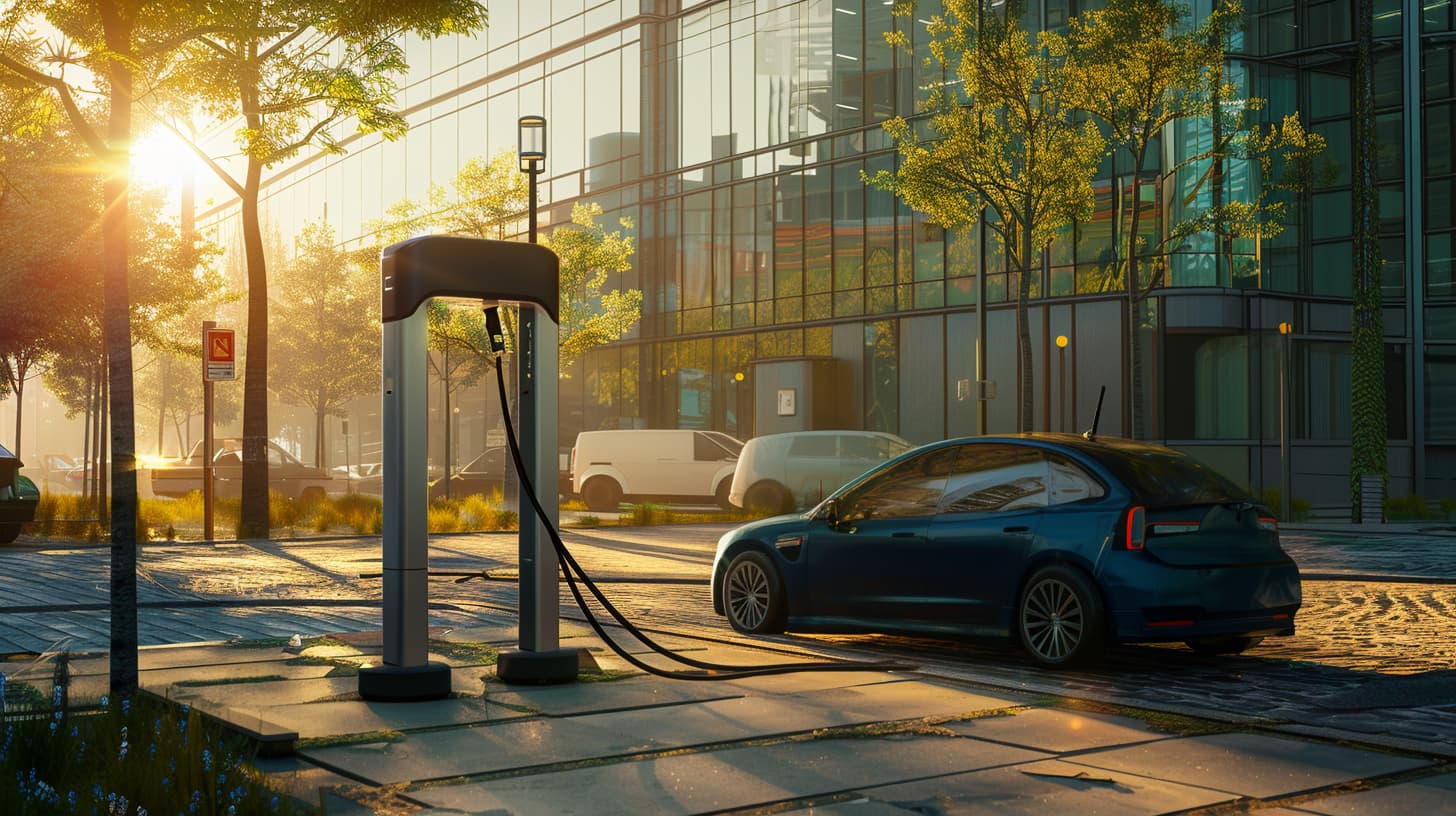Electric vehicles (EVs) are one of the fastest-growing and most innovative segments of the automotive industry today. Their history dates back to the 19th century and is filled with remarkable milestones. Although EVs are still a new concept for many drivers, they are rapidly becoming part of everyday life—and are set to play a major role in building a sustainable transportation future.
In this blog, we’ll explore the evolution of electric vehicles, their key advantages, popular models, and practical tips on EV ownership and maintenance.
The History of Electric Vehicles
The first electric vehicles emerged in the 1830s, when inventor Robert Anderson created a primitive electric carriage. But EVs truly gained popularity in the 1890s, especially in urban areas. They were quieter, cleaner, and easier to drive than their gasoline and steam-powered rivals.
By the early 1900s, one-third of all vehicles in the U.S. were electric.
However, the release of Henry Ford’s Model T in 1908 changed everything. Thanks to mass production, gasoline cars became cheaper and more accessible. Combined with improved road infrastructure and lower fuel prices, internal combustion engines (ICEs) soon dominated the market.
From the 1920s to the 1960s, electric cars nearly vanished—used only in limited settings like golf carts or industrial machines.
Interest in EVs returned in the 1970s, spurred by the oil crisis and environmental concerns, but widespread production remained limited.
It wasn’t until the 1990s that a breakthrough came. General Motors’ EV1 was the first mass-produced modern EV, though it didn’t reach mass adoption.
The real revolution began with Tesla. In 2012, the Model S debuted, offering high performance and luxury—proving EVs could be efficient, powerful, and desirable. Tesla’s advances, especially in battery technology, helped alleviate “range anxiety.” By 2019, the Model 3 Long Range could travel up to 700 km on a single charge—a record at the time.
China’s Rise in the EV Market
China has become the global leader in EV development. Its share of worldwide EV sales jumped from 30% in 2019 to 41.5% in 2022—and is projected to remain dominant through 2030.
Key reasons for China’s success:
Government strategy with tax breaks, subsidies, and massive investment in infrastructure.
Open market policies since 2018, allowing foreign competition to thrive.
Technological dominance—especially in battery production. Chinese companies now control 60% of the global EV battery market.
Price is another factor: Chinese EVs sell for as low as $12,000, while the U.S. average is $55,000. This affordability drives adoption.
Why Electric Cars Are the Future
1. Lower CO2 Emissions
EVs significantly reduce emissions. The Tesla Model 3, for example, emits 65% less CO2 than a comparable gas-powered vehicle over its lifetime. In Norway, where most electricity is renewable, EV use cut road transport emissions by 12% in 2020.
2. Reduced Noise Pollution
EVs are extremely quiet. The Nissan Leaf emits just 21 decibels at low speed—about the volume of a whisper—compared to 35 decibels from similar gasoline cars. If 90% of ICE vehicles were replaced with EVs, urban noise pollution could drop by 3–4 decibels.
3. Less Fossil Fuel Consumption
Switching to EVs reduces dependence on imported oil. According to RankiaPro, global EV adoption could cut oil demand by 20 million barrels per day by 2040—roughly 20% of today’s consumption.
Top Electric Car Models to Know
Tesla Model 3
One of the best-selling EVs worldwide. Offers 560 km range, autopilot features, and regular software updates.
Nissan Leaf
An EV pioneer. The 2023 version offers two battery options:
60 kWh (341 km range)
40 kWh (240 km range)
Affordable and ideal for urban driving.
Chevrolet Bolt EV
Compact yet roomy, with a 415 km range and 200 horsepower. Known for its agility and efficiency.
BYD Han (China)
A strong Tesla competitor. Offers 605 km range and uses “Blade” battery technology. BYD’s vertical integration helps offer better pricing and features.
Maintaining and Operating Your EV
Battery Care
To extend the life of your EV battery, it’s recommended to keep the charge level between 20% and 80%. Avoid exposing your car to extreme temperatures, as this can degrade battery performance over time. It’s also best not to fully charge or completely discharge the battery too often, as this can reduce its long-term efficiency.
Charging Levels
There are three main types of EV charging:
- Level 1 is the slowest option, using a standard household outlet.
- Level 2 is a faster and more practical choice for everyday use, typically installed at home or in public locations.
- Level 3, or DC fast charging, is ideal for long trips but should not be used too frequently, as it can strain the battery over time.
Winter Tips
In cold weather, it’s helpful to park your EV in a garage whenever possible to protect the battery. You should also preheat the car while it’s still plugged in, which helps preserve battery range. Additionally, consider charging more frequently, even if it’s just for a short time, as batteries tend to drain faster in low temperatures.
EV owners in Georgia currently face a number of challenges. The country has limited charging infrastructure, particularly in rural or remote areas. Harsh winter conditions can also significantly reduce an EV’s driving range. Finally, the lack of specialized service centers makes regular maintenance and repairs more difficult for EV drivers in the region.







